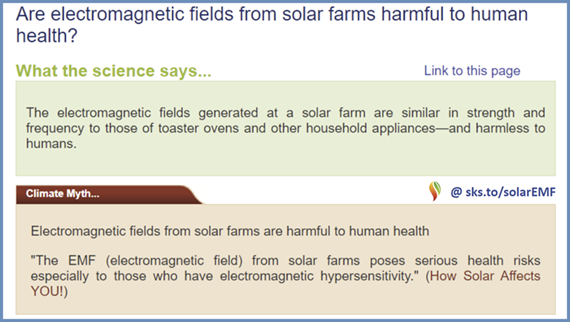Sustainability, Vol. 15, Pages 9210: Attention Mechanism-Combined LSTM for Grain Yield Prediction in China Using Multi-Source Satellite Imagery
Sustainability doi: 10.3390/su15129210
Authors: Fan Liu Xiangtao Jiang Zhenyu Wu
Grain yield prediction affects policy making in various aspects such as agricultural production planning, food security assurance, and adjustment of foreign trade. Accurately predicting grain yield is of great significance in ensuring global food security. This paper is based on the MODIS remote sensing image data products from 2010 to 2020, and adds band information such as vegetation index and temperature to form composite remote sensing data as a dataset. Aiming at the lack of models for large-scale forecasting and the need for human intervention in traditional models, this paper proposes a grain production estimation model based on deep learning. First, image cropping and yield mapping techniques are used to process the data to generate training samples. Then the channel and spatial attention mechanism (convolutional block attention module, CBAM) is added to extract spatial information in different remote sensing bands to improve the efficiency of the model. Long short-term memory (LSTM) neural networks are added to obtain feature information in the time dimension. Finally, a national-scale grain yield prediction model is constructed. After the study, it was found that the LSTM model using a combination of multi-source satellite images and an attention mechanism can effectively predict grain yield in China. Furthermore, the proposed model was tested on data from 2018 to 2020 showing an average R2 of 0.940 and an average RMSE of 80,020 tons, indicating that it can predict Chinese grain yield better. The model proposed in this paper extracts grain yield information directly from the composite remote sensing data, and solves the problem of small-scale research and imprecise yield prediction in an end-to-end manner.

 1 year ago
40
1 year ago
40

